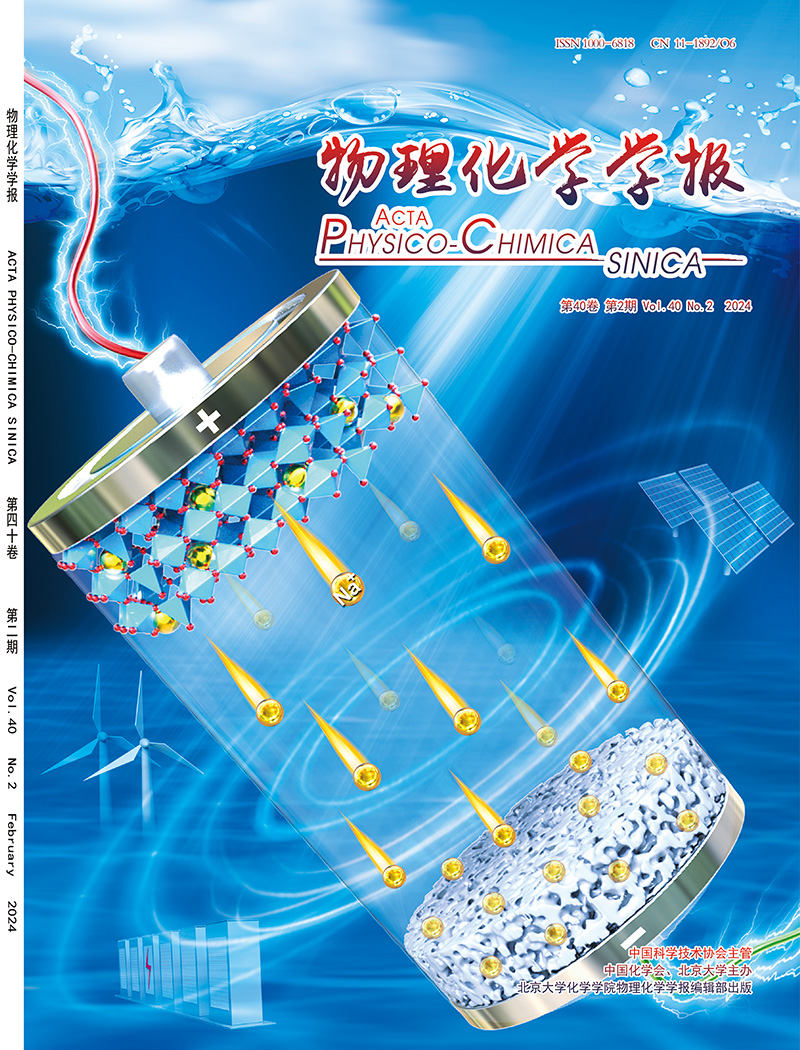SnS2-based heterostructures: advances in photocatalytic and gas-sensing applications
IF 13.5
2区 化学
Q1 CHEMISTRY, PHYSICAL
引用次数: 0
Abstract
Recent advances in tin disulfide (SnS2)-based heterojunctions have demonstrated their great potential for photocatalysis and sensing applications, owing to their optimal bandgap (2.0–2.3 eV), remarkable stability, environmental compatibility, and outstanding surface reactivity. Despite these advantages, a comprehensive review systematically addressing this emerging field remains lacking. This review first outlines the state-of-the-art synthesis strategies for SnS2 heterostructures. It then critically evaluates their photocatalytic performance in key applications, including hydrogen evolution, environmental remediation, and hydrogen peroxide production. The gas-sensing capabilities are subsequently analyzed, with special emphasis on nitrogen dioxide and ammonia detection. Mechanistic studies reveal that the enhanced performance originates from tailored heterojunction designs: S-scheme configurations significantly boost charge separation in photocatalysis; n-n/p-n junctions optimize active site distribution and gas adsorption in sensing applications. The interfacial synergy between SnS2 and coupled semiconductors is identified as the key factor governing performance improvements. Finally, some conclusions and perspectives as well as future challenges are presented.

sns2基异质结构:光催化和气敏应用的进展
近年来,基于二硫化锡(SnS2)的异质结由于其最佳带隙(2.0-2.3 eV)、卓越的稳定性、环境相容性和出色的表面反应性,在光催化和传感应用方面显示出了巨大的潜力。尽管有这些优势,一个全面的审查系统地解决这一新兴领域仍然缺乏。本文首先概述了SnS2异质结构的最新合成策略。然后批判性地评估它们在关键应用中的光催化性能,包括析氢、环境修复和过氧化氢生产。随后分析了气体传感能力,特别强调了二氧化氮和氨的检测。机理研究表明,增强的性能源于定制的异质结设计:S-scheme结构显著促进光催化中的电荷分离;N-n /p-n结优化了传感应用中的活性位点分布和气体吸附。SnS2和耦合半导体之间的界面协同作用被认为是控制性能改进的关键因素。最后,提出了一些结论和展望以及未来的挑战。
本文章由计算机程序翻译,如有差异,请以英文原文为准。
求助全文
约1分钟内获得全文
求助全文

 求助内容:
求助内容: 应助结果提醒方式:
应助结果提醒方式:


